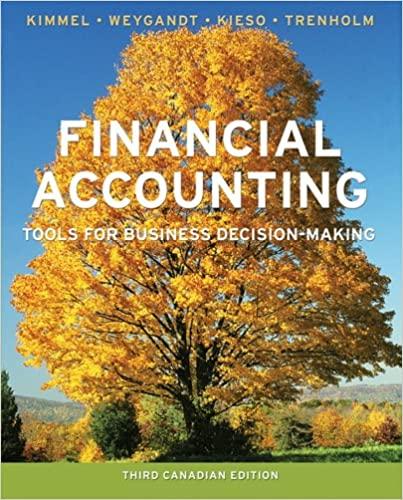Problem A/Matching Questions (1 point each) Match the following definitions and terms by placing the letter that identifies the best term in the blank space next to the definition A. Permanent accounts B. Accounting cycle C. Temporary accounts D. Working papers E. Income summary F. Work sheet G. Closing entries H. Post-closing trial balance I. Operating cycle of a business J. Pro forma statements 1. Analyses and other informal reports prepared by accountants when organizing the information presented in reports and financial statements. _2. The time span from when cash is used to acquire goods and services until cash is received from the sale of those goods and services. __3. A temporary account used only in the closing process and to where the balances of revenue and expense accounts are transferred. 4. A spreadsheet used to draft an unadjusted trial balance, adjusting entries, adjusted trial balance, and financial statements. 5. A list of permanent accounts and their balances from the ledger after all closing entries are journalized and posted. 6. Recurring steps performed each accounting period, starting with analyzing and recording of transactions in the journal and continuing through the post-closing trial balance (or reversing entries). 7. Entries recorded at the end of each accounting period to transfer end-of-period balances in revenue, expense, and withdrawals accounts to the permanent owner's capital account. 8. Statements that show the effects of proposed transactions as if the transactions had already occurred. 9. Accounts that reflect on activities related to one or more future periods; they include all balance sheet accounts. _10. Accounts that are used to record transactions and events for one accounting period only; they include revenues, expenses, and withdrawals. Problem B/Matching Questions Match the following definitions and terms by placing the letter that identifies the best definition in the blank space next to the term. 1. Source documents 2. Debit 3. Posting 4. Double-entry accounting 5. Ledger 6. Journal 7. Account 8. Credit 9. T-account 10. Accounting records A. Decrease in an asset and expense account, and increase in a liability, owner's capital and revenue account; recorded on the right side of a T-account. B. A file containing all accounts of a company and their balances. C. An accounting system where each transaction affects and is recorded in at least two accounts, the sum of the debits for each entry must equal its credits. D. A company's record of each transaction in one place that shows debits and credits for each transaction. E. An increase in an asset and expense account, and decrease in a liability, owner's capital, and revenue account; recorded on the left side of a T-account F. A record of the increases and decreases in a specific asset, liability, equity, revenue, or expense item. G. A simple account form used as a helpful tool in showing the effects of transactions and events on specific accounts. H. Another name for the accounting books, or simply the books. I. The process of transferring journal entry information to the ledger J. The sources of accounting information








